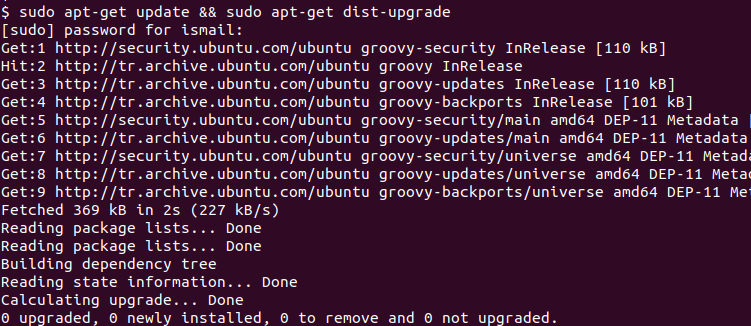作为一个高级文本编辑器,Vim有很多配置选项。这些配置选项可以临时或永久地以不同的方式应用。vimrc配置文件用于永久Vim配置。在将配置放入vimrc文件时,我们可能需要编写一些注释来解释给定的配置。
null
vimrc(Vim配置)文件中的单行注释
vimrc或Vim配置文件使用双引号表示单行注释。行开头的单引号将使此行成为注释,而不是解释为配置。如果单引号不在行的开头,它将被解释为配置。
" Vim5 and later versions support syntax highlighting. Uncommenting the next
" line enables syntax highlighting by default.
if has("syntax")
syntax on
endif
另外,注释在下面的vimrc文件中突出显示,这与常规配置行不同。
![图片[1]-如何在vimrc(Vim配置)文件中进行注释?-yiteyi-C++库](https://www.yiteyi.com/wp-content/uploads/2020/11/linuxtect_image-53.png)
vimrc(Vim配置)文件中的多行注释
多行注释与单行注释相同。像下面这样一行接一行地排好。
" Vim5 and later versions support syntax highlighting. Uncommenting the next
" line enables syntax highlighting by default.
" Vim5 and later versions support syntax highlighting. Uncommenting the next
" line enables syntax highlighting by default.
" Vim5 and later versions support syntax highlighting. Uncommenting the next
" line enables syntax highlighting by default.
if has("syntax")
syntax on
endif
" Vim5 and later versions support syntax highlighting. Uncommenting the next
" line enables syntax highlighting by default.
" Vim5 and later versions support syntax highlighting. Uncommenting the next
" line enables syntax highlighting by default.
相关文章: 如何使用curl命令发送/设置HTTP头?
© 版权声明
文章版权归作者所有,未经允许请勿转载。
THE END


![关于”PostgreSQL错误:关系[表]不存在“问题的原因和解决方案-yiteyi-C++库](https://www.yiteyi.com/wp-content/themes/zibll/img/thumbnail.svg)



